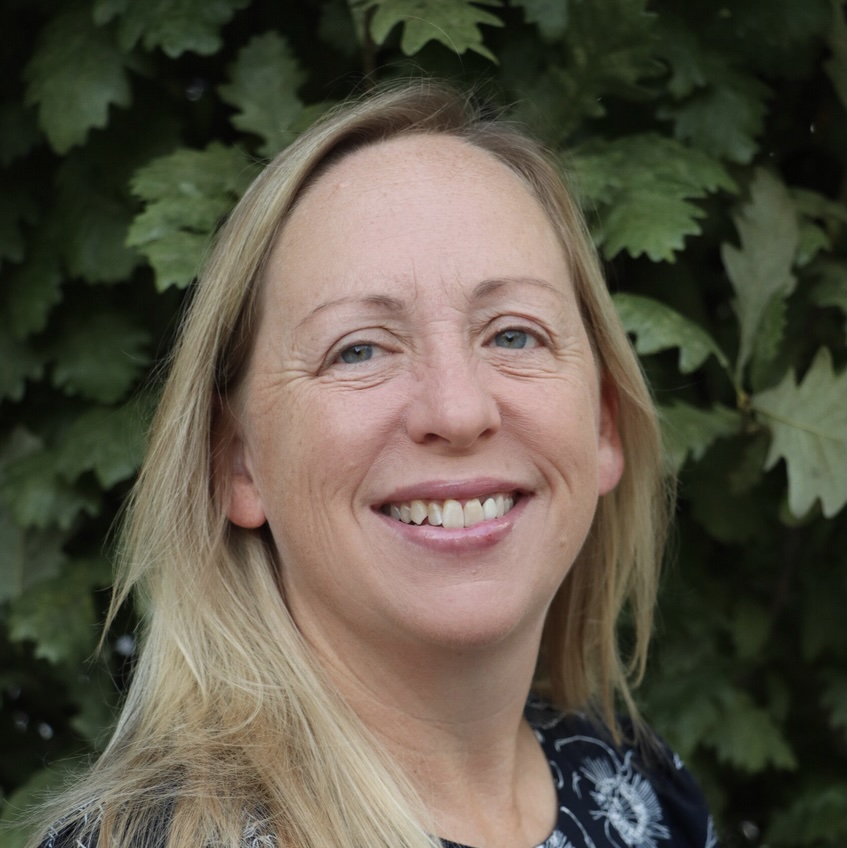As nurses and physicians continue to exit the workforce, healthcare organizations are pulling out all the stops to try to turn the tide, whether it’s automated staffing or continuing education opportunities. But as leaders are learning, the most powerful for retaining top talent – nursing, in particular – doesn’t involve any technology.
“It’s that culture of empowerment that drives retention,” said Theresa McDonnell, SVP and Chief Nursing Executive, Duke University Health System. “When people feel like they’re just a cog in a wheel, they don’t feel any sense of belonging.”
At DUHS, her team has made a concerted effort to involve frontline workers in the discussion, and has seen impressive results.
In a recent Keynote episode, McDonnell spoke with Sarah Richardson about the strategy they’ve mapped out, what she believes are the keys to fostering innovation in the clinical environment, and the enormous potential AI holds – if leveraged the right way and guided by the right people.
Over the past few years, DUHS has reduced nursing turnover by a significant percentage (going from 21 to 11 percent), thanks to a series of initiatives. Among them, virtual reality-based workplace safety training and AI-powered staffing tools, both of which have been widely accepted.

Theresa McDonnell
But the biggest difference maker, according to McDonnell, has been an emphasis on “engagement, listening, and understanding the pain points,” she said. Her team seeks to do that by not only asking about “the pebbles in their shoes,” but seeking input on the best path forward. “That helps create a culture of empowerment.”
Another key step they’ve taken? Sending out surveys to measure the pulse of the culture and ensure all staff feel a sense of belonging within the organization. They do, according to the most recent iteration of the survey. “Our scores were some of the highest we’ve ever seen, and we benchmarked far higher than some of our sister organizations,” she said. “That brings me joy to know that people feel like they belong here.”
As a nurse practitioner, McDonnell is uniquely attuned to the needs of frontline workers, and has made a point to prioritize them. “I know the challenges of seeing patients in a clinic, and the challenges when things don’t go right,” she said. “That experience helps me bridge the gap between what happens on the front line and the decisions we need to make at the highest levels of the organization.”
For leaders who don’t have clinical experience, it’s critical to carve out time for rounding – and make themselves available for conversations. Doing so, she noted, can help build empathy and strengthen relationships. “You have to be able to walk in the other person’s shoes and understand their pain points, their anxiety – the thing that’s driving them,” she added. “You need to talk to people and be present. When people are willing to talk to you and share all the things that they see are wrong, that to me is success.”
Another core function of healthcare leadership, particularly in recent years, is the ability to foster innovation. At DUHS, “a number of different levers” are pulled to create a culture of innovation.
In addition to hackathons, which solicit ideas from thousands of staff, the organization recently launched an initiative geared specifically toward nurses. The goal was to make it user-friendly and easily accessible, which her team accomplished by creating a QR code that walked participants through a series of questions. Ideas were then organized into buckets based on scope and budget requirements.
While some of the days can be incorporated right away – for example, a pitch to make walkers available in interventional radiology – others are heavier lifts that need to be baked into the budget. What’s important is that a blueprint has been established for sharing ideas, which can significantly boost satisfaction.
“When you have a group of nurses that are frustrated about the thing that they can’t fix for the patient and you bring them a solution, that unlocks something,” she noted. “They can start thinking bigger.”
Perhaps the biggest (and most talked about) concept out there right now is AI – specifically, how it’s being used to boost efficiency and alleviate some of the burden on care providers. It’s an area that holds a massive amount of potential, but must be harnessed in a thoughtful way, according to McDonnell. “Technology is coming fast and furious, and I personally believe that nursing and frontline clinicians need to own what that integration looks like. We need to embrace it.”
Doing so is becoming increasingly vital as the silver tsunami approaches. “We have an aging population and we have dwindling resources, meaning our precious human resources,” she said. “We simply don’t have the size and magnitude of workforce that we need.” The question then becomes “how do we integrate AI and technology in a way that really allows nursing, advanced practice providers, and physicians to utilize that technology and provide the best comprehensive care experience we can to patients?”
It’s a complex question, but one that leaders can’t avoid. What they can do is have critical conversations about how to leverage both AI tools and clinical experience to augment the care paradigm. “What does a truly integrated, team-based care model look like? That’s the key,” she said.
For McDonnell, it’s a willingness to think – and even step – out of the box. “We need to be agile and not be so fixed to the past,” she noted. “We need to be open to what the future is going to bring. That’s going to help us succeed in any care setting.”


Questions about the Podcast?
Contact us with any questions, requests, or comments about the show. We love hearing your feedback.

© Copyright 2024 Health Lyrics All rights reserved